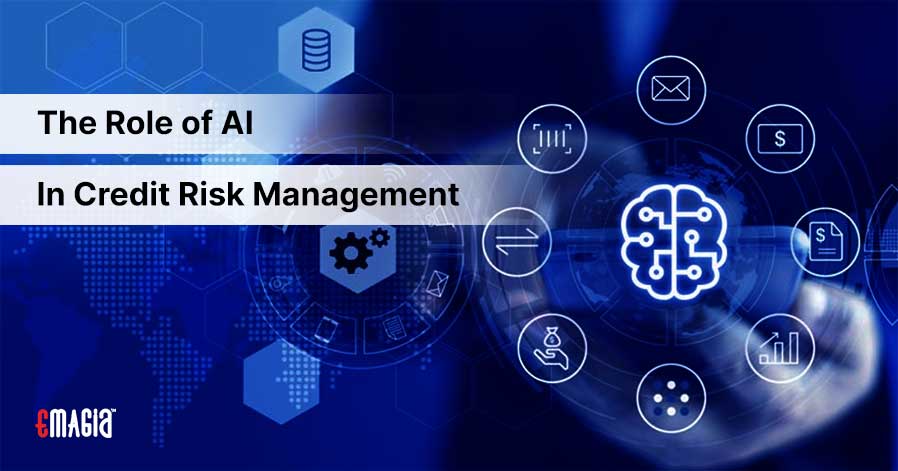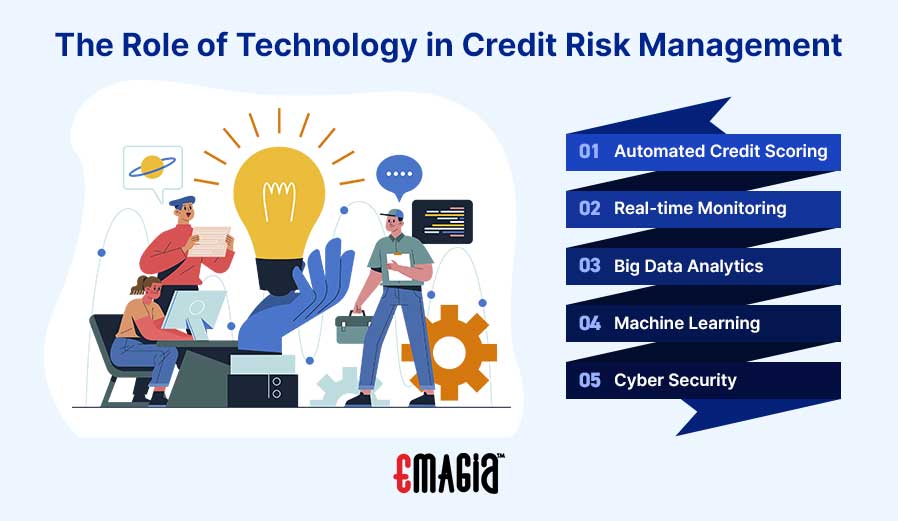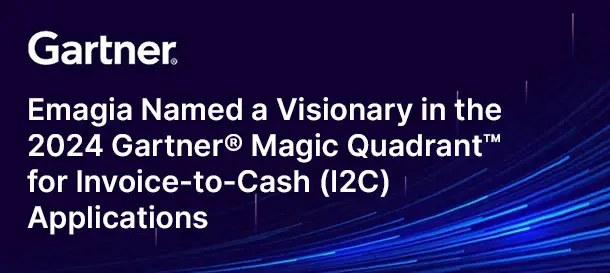Efficient management of credit risk is paramount for seamless order-to-cash (OTC) and working capital cycles within business-to-business (B2B) operations. Traditional reactive approaches to OTC processes often result in challenges associated with collecting future invoices at risk, leading to significant instances of delinquency. Conversely, optimized credit risk management and accounts receivable processes have the potential to positively impact key performance indicators (KPIs) such as revenue leakage, default rates, customer relationships, and operational costs. However, inefficient processes may yield adverse effects on these metrics.
The key challenge in credit risk and receivable management is the inability to systematically predict customer payment behavior, mitigate the risks of contract non-compliances, and prevent increasing payment delays and defaults. Enterprise management solutions like ERPs that are used for OTC processes lack inherent actionable intelligence to forecast and manage future payment cycles and, therefore, the cash flow. Integrating predictive intelligence in the collection process enables businesses to focus on a few core KPIs and their associated indicators at the invoice and customer levels.

Here, we discuss how emerging technologies such as artificial intelligence (AI), machine learning (ML), big data, and statistical models can facilitate intelligent credit risk management and diligent payment collections for B2B credit sales operations.
AI in Credit Risk and Receivables Management
Artificial Intelligence has emerged as a pivotal technology across various business domains, including credit risk management—a critical aspect for any B2B enterprise constantly exposed to credit risk from customers. AI empowers credit teams by swiftly recognizing and assessing potential risks, predicting risks associated with new customers, monitoring customers in real-time, and automating vital components of the OTC workflow, such as credit limit setting.
Efficient credit risk management is essential for businesses to improve their bottom line and top line, especially for companies that offer credit to customers. A recent Forrester study reveals that reducing financial risk ranks as the top enterprise risk management priority for business leaders.
This underscores the significance of credit risk management within the OTC framework, necessitating prompt actions such as the following:
- Credit limit setting
- Determining payment terms and dates
- Issuing accurate invoices to ensure timely payment collection from customers.
Modern AI-powered accounts receivable (AR) tools expedite credit risk assessments, significantly reducing the time required compared to traditional manual methods, thereby effectively mitigating financial risks.
How AI Empowers Real-time Credit Risk Management
Access to up-to-date , credible, quality data is imperative for precise and swifter credit decisions. Companies leverage data from credit agencies for more accurate credit scoring and robust risk classification, and use them along with customer credit data.However, software applications powered by AI and ML are indispensable for accessing and using this data, enabling instant credit decision-making and approvals, as well as real-time adjustments to customer credit limits. In scenarios where promptly paying customers are expanding and requiring supplies, AI tools ensure expedited credit assessments for their new orders, meeting customer expectations for instant decisions and approvals.
The Fast-Evolving Role of AI in B2B Credit Risk Management
AI and ML play a pivotal role in facilitating faster and more efficient credit risk management in the B2B space, particularly during the onboarding of new customers and continuous monitoring for real-time decision-making regarding credit limit adjustments. As AI continues to advance, the industry can anticipate the emergence of innovative risk management platforms offering enhanced predictive accuracy and cost efficiencies. This article explores the role of AI in two key areas of credit risk assessment and mitigation: risk identification and real-time monitoring.

Real-time Monitoring:
AI-based tools facilitate real-time monitoring of customer credit risk easier than ever before to quickly identify and respond to potential risks, which is otherwise challenging if done manually. For example, an AI algorithm can keep a watch on a customer’s financial transactions to detect any odd activity, such as a rapid increase in the volume of transactions or a shift in transaction patterns. Most AI-powered credit risk management platforms come with Early Warning Systems (EWS) that can monitor external data sources (news, articles, reviews, social media, regulatory filings, credit agency data, etc.) about customers to pinpoint potential risks.
Credit Risk models automatically update the revised credit scores based on the new data and insights generated by the AI algorithm. This enables organizations to proactively reduce credit risk exposure of customers whose credit profile has deteriorated. AI is also transforming how fraud can be detected and prevented and it is becoming an inevitable tool for mitigating customer credit risk in today’s digital age. Studies estimate that the worldwide spending on AI-enabled financial fraud detection platforms will exceed $10 billion by 2027, increasing from just US$ 6.5 billion in 2022. BCG has rightly identified in their studies that the AI tools can reliably analyze numerical data for forecasting and risk assessment, among other use cases.
Risk Identification:
Identifying risks poses a significant challenge in credit risk management, leveraging AI’s capabilities to predict based on historical information and variations in environmental variables. AI-based platforms analyze extensive customer data from internal and external sources, including financial statements, payment trends, transaction history, and social media, to recognize potential credit risks. Moreover, AI algorithms meticulously review financial statements to identify red flags such as declines in key performance variables or deteriorating working capital positions, while also scanning non-financial data sources like court judgments and media news to detect potential risks.
Concluding Note
Organizations that have implemented AI-enabled credit risk management platforms report reduced customer onboarding times, enhanced customer experiences, and improved cross-functional communications between sales and finance departments. AI serves as a reliable assistant in decision-making amid volatile conditions, including market changes, interest rate fluctuations, supply chain disruptions, or employment challenges.
Credit managers typically face the following pain points:
- Credit application and process involves manual processes resulting in alienating potential customers
- Same-level pricing for all levels of credit risks disrupting the business growth
- Not having proper understanding of how credit risk exposure or customer profile looks
FAQs
What is Credit Risk Mitigation?
Credit Risk Mitigation involves strategies adopted by lenders and companies selling on credit to minimize the risk of losing money due to debtor payment defaults, which can lead to revenue leakage.
How Does Credit Risk Mitigation Help Reduce Defaults?
The strategies adopted to mitigate credit risks include risk-based pricing, inserting covenants, post-disbursement monitoring, and limiting sectoral exposure.
- Assessment of creditworthiness
- Risk-based pricing [Know Your Customer (KYC)/Know your Business (KYB)]
- Pre and post-disbursement monitoring credit profiles
- Managing risks to prevent revenue loss
- Ensuring a healthy balance sheet and cash flows
- Inserting covenants
- Limiting sectoral exposure
What is the Default Rate?
The default rate is the rate of all loans disbursed by lender or outstanding invoice issued by a company that is left unpaid by the borrower or debtor and declared to be in default to be written off after a prolonged period of missed payments.






